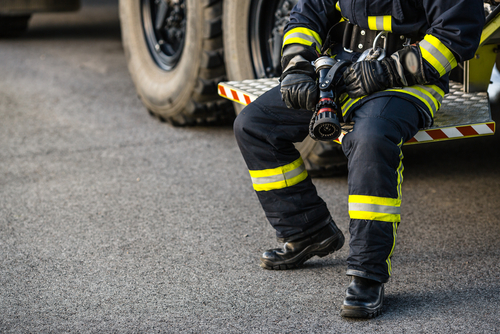
Identifying workplace hazards and risks before they occur is a prevention method all emergency personnel should consider. Applying this type of risk management strategy to their organization can reduce loss, fatalities, and injuries for the emergency responders. As we examine the need for these strategies and how to implement risk management techniques, share the following information with your clients and ensure their operation is protected by a comprehensive Firefighter General Liability policy.
The need for risk management strategies.
If your department is like most, certain job responsibilities often include overseeing stand-alone programs that have been identified as critical from a risk management perspective. Vehicle maintenance, self-contained breathing apparatus (SCBA), personal protective equipment (PPE), and communications are but a few of these highly critical areas of responsibility that are many times assigned to specific members of the organization to manage, states Tim Hyden of Fire Engineering.
However, these high-profile risks require monitoring, as the intricacies cannot go overlooked. Otherwise, you run the risk of overlooking certain needs of a particular program or the program’s performing to a lower level than desired. A risk management plan can help a department avoid this hazard through the implementation of a system of checks and balances, which essentially consolidates these risk-prone areas under one watchful organizational umbrella, explains the article.
What is safety versus risk management?
Risk management is a preventative approach whereas safety is simply following the recommended procedures and processes. The goal is to make the necessary tasks safer and more efficient, not restrict their usage or create additional dangers.
Implementing a process.
The five-step process, according to NFPA 1250, is as follows:
- Identify and analyze risks.
- Formulate alternatives.
- Select alternatives.
- Implement alternatives.
- Monitor the program.
Now that we have covered the basics for risk management implementation in a firefighting operation, stay tuned for our next article where we will explore the five-step process in detail
About Provident Fire Plus
At Provident Fire Plus, we understand the risks that volunteer firefighting departments face on a regular basis. Our unique underwriting goes beyond what is typically included in insurance policies, extending coverage to commercial autos, line of duty protection, damage to third party property, and more. For more information about our comprehensive policies and how we can work for your clients, contact us today at (855) 201-8880.

